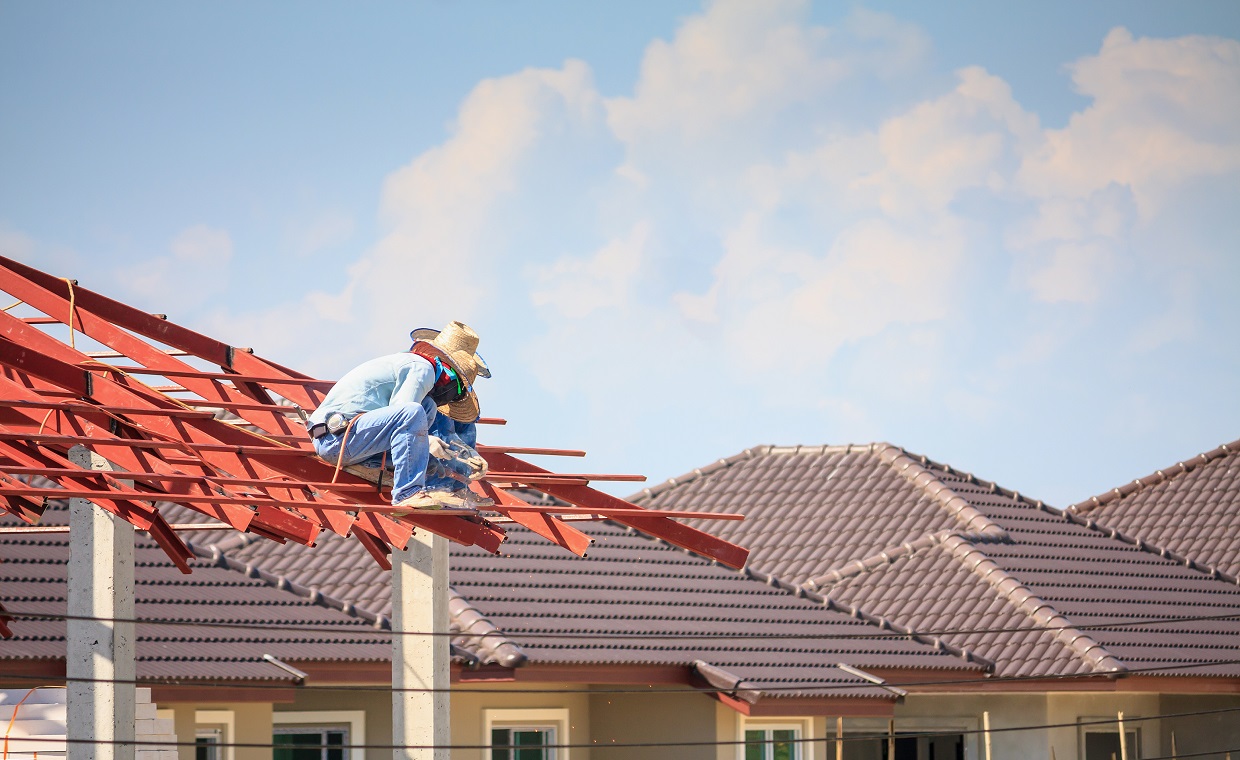
Compaction equipment is selected on the bases of moisture content and type of soil. The different types of compaction equipment used in compaction project depend on the scope of work. These type of compaction equipment are used for large areas for different types of soils.
Smooth Wheel Roller
Smooth wheel rollers are most suitable for compacting gravels, sands and such materials where crushing is required. The depth of layer which can be satisfactorily compacted depend on the type of soil, and the weight of the roller and nature of the work.
Smooth wheel roller consists of large steel drum at the front and one or two drums at the rear end. Depending upon the number of wheels on rear it can be divided into two types:
01. Tandem Roller:
They have one wheel at the front and one wheel at the rear end. The weight of tandem roller varies from 2 to 8 tonnes.
02. Three wheel Roller:
They have one wheel at the front and two-wheel at the rear end. The weight of three-wheeled rollers varies from 8 to 10 tonnes.
The performance of smooth wheel roller depends upon on load per cm width and diameter of the roller. Load per cm width depends on the gross weight of the drum. The performance of these rollers can be increased by increasing the weight of drum by ballasting inside drums with wet sand or water. Speed and number of passes of smooth wheel roller depend upon the type of soil to be compacted, and it varies as per project requirement
Characteristics Smooth Wheel Roller:
01. 100 % ground coverage under the wheelbase.
02. Contact pressure up to 380 kpa
03. Can be used on all types soil except rocky soil.
04. Compactative efforts are static weight
05. Crushes the weaker aggregates
06. The most common use of large smooth wheel roller is for proof-rolling subgrades and compacting asphalt pavement.
07. Optimum working speed is 3 to 6 kmph.
08. Nearly eight passes are adequate for compacting 20 cm layer.
Also Read:

































